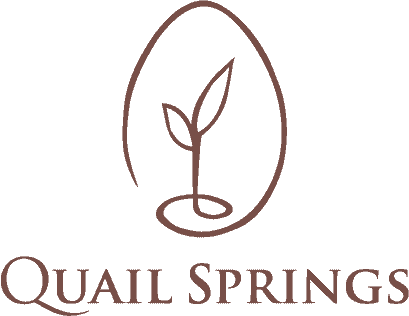 As the cold of winter is replaced by the mud and rain of spring and our powdered and dried chile alchemizes its last few pozoles, our stomachs begin to rumble at the thought of a fresh crop of Capsicum annuum. We came to the table with a fiery ambition of creating at the very least enough dried chile to last the year and develop the potential to bring spice to our greater community. The challenge was how to create such surplus, high in the arid San Emgdio Mountains where the temperature can swing 50 degrees Fahrenheit day and night throughout the year. Documented here will be our journey of growing chile with under-stories of ecology, history and the variety of flavors and foods that come along with this practice.
As the cold of winter is replaced by the mud and rain of spring and our powdered and dried chile alchemizes its last few pozoles, our stomachs begin to rumble at the thought of a fresh crop of Capsicum annuum. We came to the table with a fiery ambition of creating at the very least enough dried chile to last the year and develop the potential to bring spice to our greater community. The challenge was how to create such surplus, high in the arid San Emgdio Mountains where the temperature can swing 50 degrees Fahrenheit day and night throughout the year. Documented here will be our journey of growing chile with under-stories of ecology, history and the variety of flavors and foods that come along with this practice.
Preparing the beds
Confronted by the challenges of this climate, bed preparation has to be very specific and we asked ourselves a few questions. “How do maintain warm and fertile soil that will nourish delectable chiles in such a dramatic climate?” We knew we had really hit rock bottom when we considered using disposable black plastic on the beds. On a trip to Las Pilitas Nursery in Santa Margarita we learned from the nursery manager and owner, Bert Wilson about the qualities of large rocks. He told us about how a rock greater than 50 pounds can regulate temperature around the plant by 25 degrees and increase the precipitation rate by 3 times. Bert told us to put these rock s on the south or west side of the plants to maximize the exposure to the sun. We tried a range of rocks from about 40 to 150 pounds arranged in different formations in order to test the test the viability of this theory on chiles. Mentioned in Dewitt and Boshland’s Complete Chili Pepper Book, ideally, seedlings are raised with soil temperature being between 70 and 80 degrees(pg. 87). The book also indicates that the soil temperatures for maturing plants should never dip below 28 degrees.
s on the south or west side of the plants to maximize the exposure to the sun. We tried a range of rocks from about 40 to 150 pounds arranged in different formations in order to test the test the viability of this theory on chiles. Mentioned in Dewitt and Boshland’s Complete Chili Pepper Book, ideally, seedlings are raised with soil temperature being between 70 and 80 degrees(pg. 87). The book also indicates that the soil temperatures for maturing plants should never dip below 28 degrees.
The soil in our newly shaped beds was still filled with sand and silt from last years big flood so we needed a good source of fertility. Serendipitously local vintner and rancher Larry Hogan who co-owns Sagebrush Annies with his wife Karina had an abundance of steer manure to create an ideal fertility for our chile growing environment. Steer manure is relatively low in nutrients so plenty of its carbon rich humus can be added while maintain moderate fertility which is listed as a important factor of proper coil in the Complete Chile Pepper Book.



